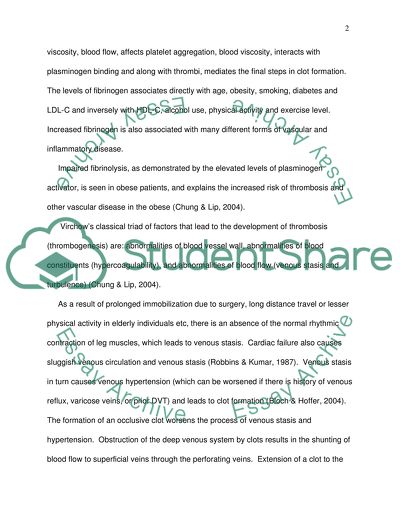Cite this document
(Deep Vein Thrombosis and Thromboembolism Coursework, n.d.)
Deep Vein Thrombosis and Thromboembolism Coursework. Retrieved from https://studentshare.org/health-sciences-medicine/1537076-nursing-the-person-with-an-acute-pysiological-disturbance-part-a-identify-with-reason-those-groups-of-people-who-are-predisposed-to-developing-deep-vein-thro
Deep Vein Thrombosis and Thromboembolism Coursework. Retrieved from https://studentshare.org/health-sciences-medicine/1537076-nursing-the-person-with-an-acute-pysiological-disturbance-part-a-identify-with-reason-those-groups-of-people-who-are-predisposed-to-developing-deep-vein-thro
(Deep Vein Thrombosis and Thromboembolism Coursework)
Deep Vein Thrombosis and Thromboembolism Coursework. https://studentshare.org/health-sciences-medicine/1537076-nursing-the-person-with-an-acute-pysiological-disturbance-part-a-identify-with-reason-those-groups-of-people-who-are-predisposed-to-developing-deep-vein-thro.
Deep Vein Thrombosis and Thromboembolism Coursework. https://studentshare.org/health-sciences-medicine/1537076-nursing-the-person-with-an-acute-pysiological-disturbance-part-a-identify-with-reason-those-groups-of-people-who-are-predisposed-to-developing-deep-vein-thro.
“Deep Vein Thrombosis and Thromboembolism Coursework”. https://studentshare.org/health-sciences-medicine/1537076-nursing-the-person-with-an-acute-pysiological-disturbance-part-a-identify-with-reason-those-groups-of-people-who-are-predisposed-to-developing-deep-vein-thro.


